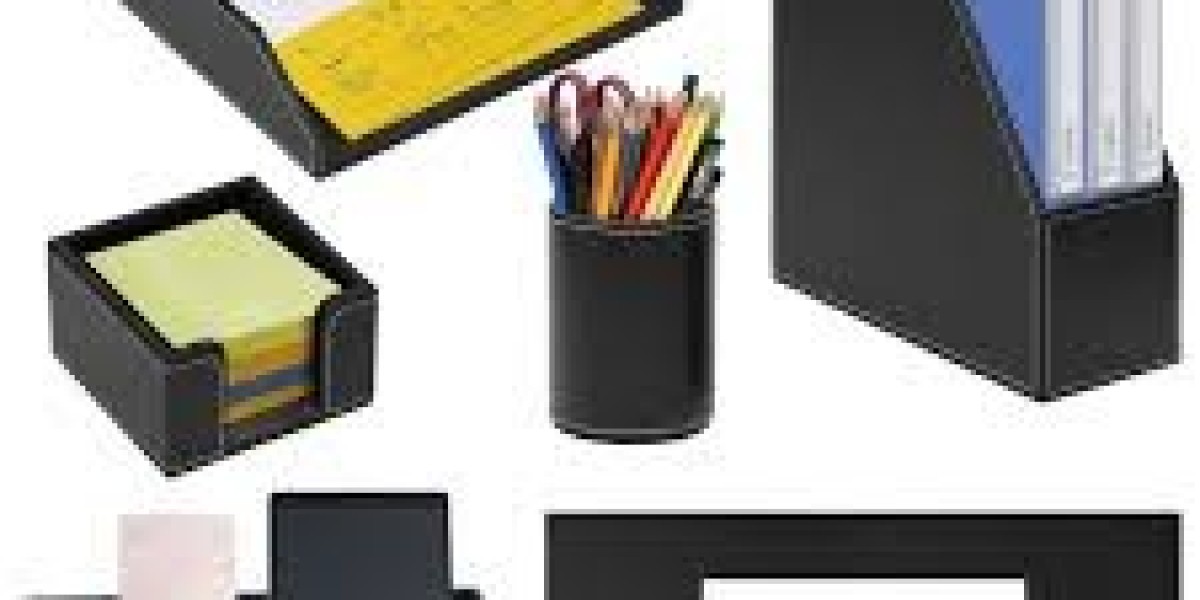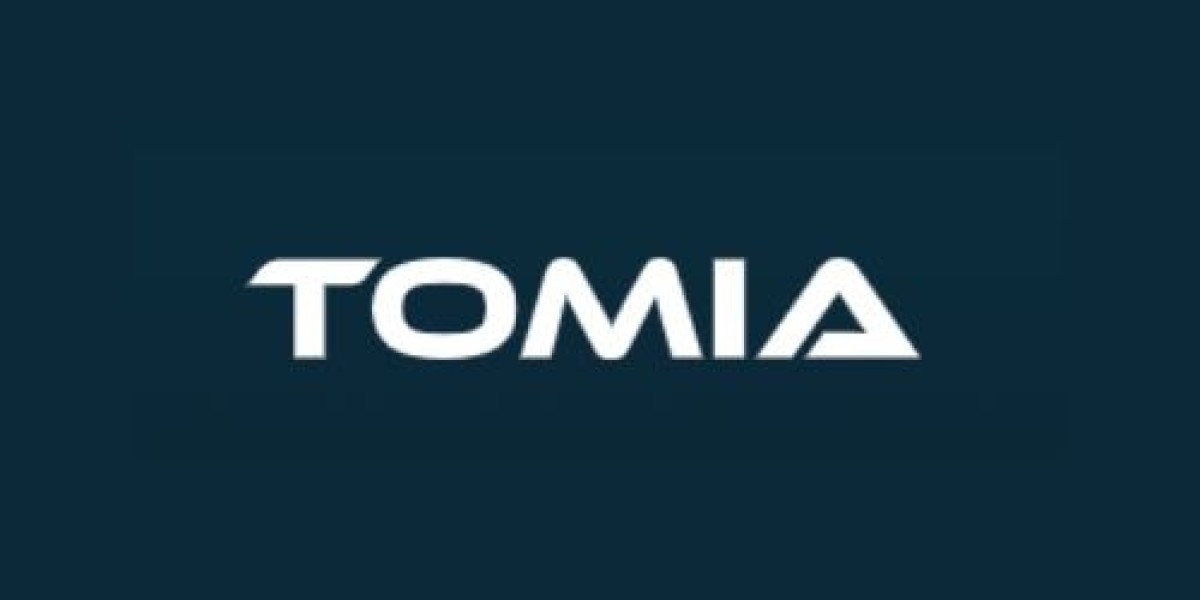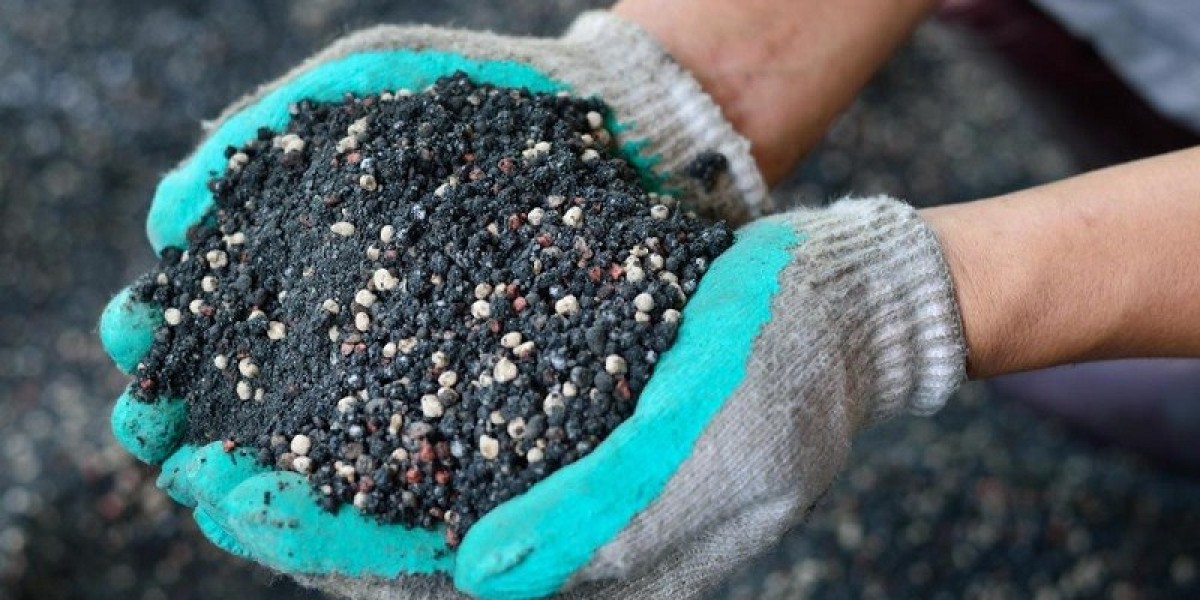The Needle's End? Exploring the Growth and Potential of the Needle-Free Injector Market
For decades, hypodermic needles have been the standard for delivering medications and vaccines. However, concerns regarding needle phobia, the risk of needlestick injuries, and the potential for cross-contamination have spurred the development and adoption of alternative delivery methods. The needle-free injector market represents a significant step towards addressing these issues, offering innovative technologies for painless and safer drug administration. This article delves into the various technologies, applications, drivers, and future prospects of the burgeoning needle-free injector market.
Understanding Needle-Free Injection Technologies
The needle-free injector market encompasses a diverse range of technologies that utilize different mechanisms to propel liquid or solid formulations through the skin and into the underlying tissues. Some of the prominent technologies include:
- Jet Injectors: These devices use a high-pressure stream of fluid to penetrate the skin. The force of the jet creates a fine, high-velocity spray that delivers the medication. Different types of jet injectors exist, including spring-powered, gas-powered, and laser-powered systems.
- Powder Injectors: These devices use a burst of compressed gas to propel dry powder formulations into the skin. This technology is particularly suitable for delivering vaccines and certain types of medications.
- Patch Injectors: These systems involve microneedle arrays or other mechanisms integrated into a skin patch. Microneedles are microscopic projections that create tiny, transient pores in the skin's outer layer, allowing for drug diffusion. Some patch injectors also incorporate mechanisms to actively push the drug through the skin.
- Sonophoresis and Phonophoresis Devices: These technologies use ultrasound waves to enhance the permeability of the skin, facilitating the transdermal delivery of drugs without the need for needles.
- Electroporation Devices: These devices apply short electrical pulses to create temporary pores in the skin, allowing for increased drug penetration.
Each of these technologies offers unique advantages and disadvantages in terms of delivery depth, volume capacity, type of formulation that can be administered, and patient comfort.
Key Drivers Fueling Market Expansion
The needle-free injector market is experiencing significant growth, driven by a confluence of factors:
- Elimination of Needle Phobia: Needle phobia is a widespread issue that can lead to anxiety, avoidance of necessary medical treatments, and poor patient compliance. Needle-free injectors offer a less intimidating alternative, improving patient comfort and adherence, especially in pediatric and elderly populations.
- Reduction of Needlestick Injuries: Needlestick injuries pose a significant risk to healthcare workers, potentially leading to the transmission of bloodborne pathogens. Needle-free devices eliminate this risk, creating a safer working environment.
- Prevention of Cross-Contamination: The single-use nature of many needle-free injection systems helps to prevent the transmission of infections between patients, enhancing safety in healthcare settings and mass vaccination campaigns.
- Improved Drug Delivery and Bioavailability: Some needle-free technologies can offer precise and consistent drug delivery, potentially leading to improved bioavailability and therapeutic outcomes for certain medications.
- Patient Convenience and Self-Administration: Certain needle-free devices are designed for easy self-administration by patients at home, improving convenience and empowering individuals to manage their conditions more effectively. This is particularly relevant for chronic diseases requiring regular injections.
- Growing Demand for Vaccines: Mass vaccination programs worldwide are increasingly exploring needle-free technologies for their potential to improve efficiency, reduce waste, and enhance public acceptance.
Applications Across Healthcare and Research
Needle-free injectors are finding applications in a wide range of areas, including:
- Vaccine Delivery: This is one of the most significant application areas, with needle-free systems being explored and adopted for influenza, measles, and other vaccines in mass immunization campaigns.
- Diabetes Management: Needle-free insulin delivery systems are available, offering a less painful alternative for individuals requiring regular insulin injections.
- Growth Hormone Therapy: Needle-free devices are used for the administration of growth hormones, particularly in pediatric patients.
- Fertility Treatments: Some fertility medications can be administered using needle-free injectors.
- Pain Management: Local anesthetics and other pain medications can be delivered using jet injectors.
- Cosmetic Procedures: Needle-free injection systems are used for the delivery of dermal fillers and other cosmetic agents.
- Research and Development: Needle-free injectors are valuable tools in preclinical research for drug delivery studies and animal model development.
Regional Insights and Key Market Players
North America and Europe currently hold significant shares in the needle-free injector market, driven by established healthcare infrastructure, high awareness of needle safety concerns, and significant R&D activities. The Asia-Pacific region is expected to witness the fastest growth in the coming years, fueled by increasing healthcare expenditure, growing awareness of needle-free technologies, and government initiatives to improve immunization programs.
Key players operating in the needle-free injector market include:
- Antares Pharma, Inc.
- PharmaJet, Inc.
- Bioject Medical Technologies Inc.
- Injex Pharma AG
- National Medical Products Inc.
- Crossject SA
- Portal Instruments, Inc.
- Zogenix, Inc.
These companies are actively involved in developing and commercializing various needle-free injection technologies for different applications.
Challenges and Future Trends Shaping the Market
Despite the promising growth, the needle-free injector market faces certain challenges:
- Cost: Needle-free injection devices and their consumables can be more expensive than traditional needles and syringes, which can be a barrier to widespread adoption, particularly in resource-limited settings.
- Delivery Volume and Viscosity Limitations: Some needle-free technologies may have limitations in the volume of drug that can be delivered or the viscosity of the formulation.
- Skin Type and Delivery Depth Variability: The effectiveness of some needle-free injectors can be influenced by skin type and the desired depth of drug delivery.
- Regulatory Hurdles: Obtaining regulatory approval for new needle-free injection devices and their use with specific drugs requires rigorous testing and validation.
- User Training and Acceptance: Proper training is necessary for healthcare professionals and patients to use needle-free injectors effectively. Patient acceptance may also vary depending on the technology.
Looking ahead, the needle-free injector market is expected to witness several key trends:
- Technological Advancements: Continued innovation will focus on developing more versatile, user-friendly, and cost-effective needle-free injection systems with improved delivery capabilities.
- Expansion of Applications: The application of needle-free technologies is expected to expand to a wider range of therapeutic areas and drug formulations.
Conclusion
The needle-free injector market represents a significant advancement in drug delivery technology, offering a compelling alternative to traditional needles and syringes. Driven by the need for safer, more comfortable, and more convenient drug administration, this market is poised for continued growth and innovation. As technology evolves and adoption expands across various healthcare settings and applications, needle-free injectors have the potential to transform the way medications and vaccines are delivered, ultimately improving patient outcomes and healthcare safety.







